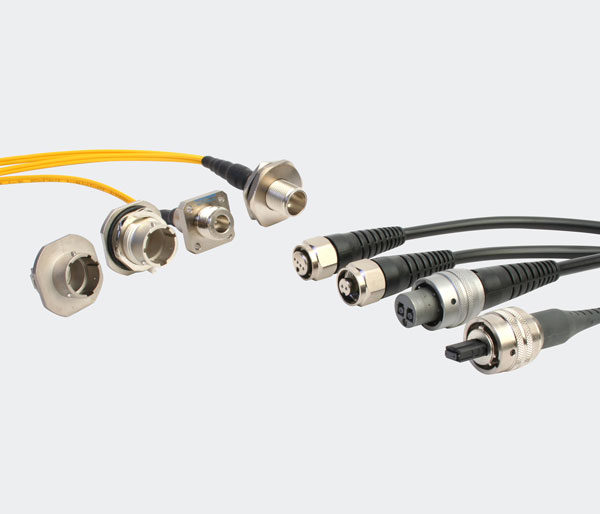Supply chain problems caused by COVID-19 have delayed order fulfillment earlier this year, and the industry expects it to stimulate sales growth in 2Q20. But according to the latest transmission hardware report from research company Cignal AI, the performance of 2Q20 was actually combined with the good and the bad. Sales did not increase as expected in the second quarter, and network operators indicated that annual capital expenditures would not increase. Therefore, Cignal AI expects that network operators’ spending on optical, switching and routing equipment will remain flat or decline in the second half of the year.
Scott Wilkinson, chief analyst at Cignal AI, said: “Although sales of optical hardware in North America and EMEA (Europe, Middle East and Africa) have increased due to strong inventory requirements, operational problems caused by COVID-19 have delayed the recognition of goods and revenue of the second quarter. Since operators have increased their annual capital expenditures and the network is now able to meet the surge related to COVID, it is expected that the capital expenditures of operators will not continue to grow in the second half of the year.”
Some regional markets also performed well in the second quarter. North American metro and long-distance WDM equipment sales have increased significantly year-on-year, but are expected to remain flat or decline in the second half of the year. The growth of optical sales in the Japanese market extends to the sub-sector, and the sales of both segments in the region have increased significantly year-on-year.
The report also found: in addition to the COVID factor, other parts of the Asia-Pacific market continued to be affected by Indian capital expenditure restrictions. Optical sales fell by 20%, while group sales also fell.
The Chinese market has overcome COVID-related problems, and has resumed optical and packet spending growth in this quarter, and will continue to grow in the third quarter.
EMEA market optical expenses increased year-on-year, but it was dragged down by Nokia’s weak sales. Nokia expects sales growth in the third quarter to offset the decline in the second quarter.




